All I Want for Christmas is a Flying Squirrel
Rude Awakening
At 1:30 a.m. I was awakened by a familiar thumping in the living room. “Oh no, what has Miles brought into the house now?” I thought.
He presented me with a small dead squirrel, the poor thing. Miles was quite proud and might as well have said, “thanks for taking care of that abscess I had last week.” It was tribute pay for sure.
< The Culprit, a sweet and tender hooligan. Read more about Farm Cat Miles.

Instantly, I saw the wavy skin flaps on its side and knew: this was no ordinary almond-eyed squirrel! Here we had a flying squirrel.
Ticking Off Boxes
For literally years I had hypothesized about whether we had them here, reasoning that the land checked all the boxes: heavily forested, lots of mature canopy, ponds and a peaceful setting.
Having been introduced to them years ago one evening in Priest Lake while we socialized on a high deck near lots of standing timber, I had always been fascinated. At that time, with Dee and her family, we listened to the light thwacks they made followed by claws skittering on bark. As they winged it from tree to tree, we never saw them, and they made a big impression on me. How could I not have known we had flying squirrels among us? In retrospect, I think I probably exhausted the Coles with questions about them, their history, their habits and the like.
A Gallery of Flying Squirrels
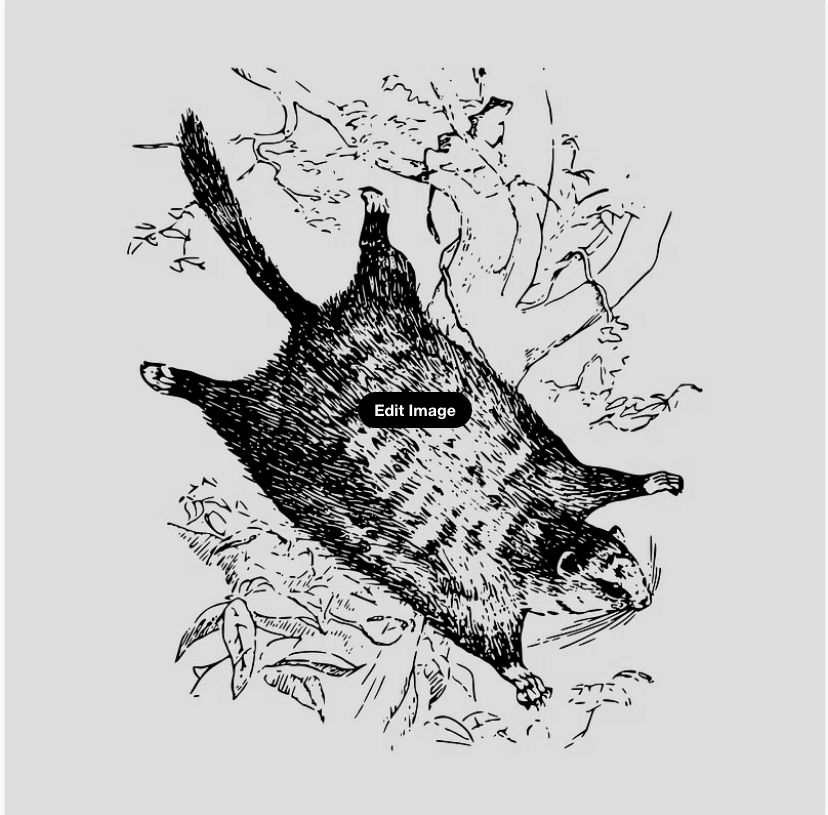
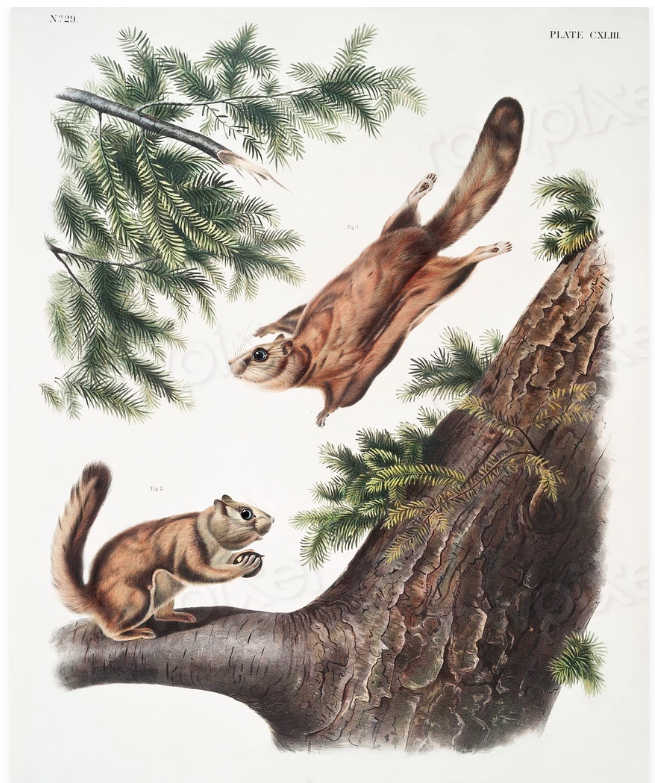
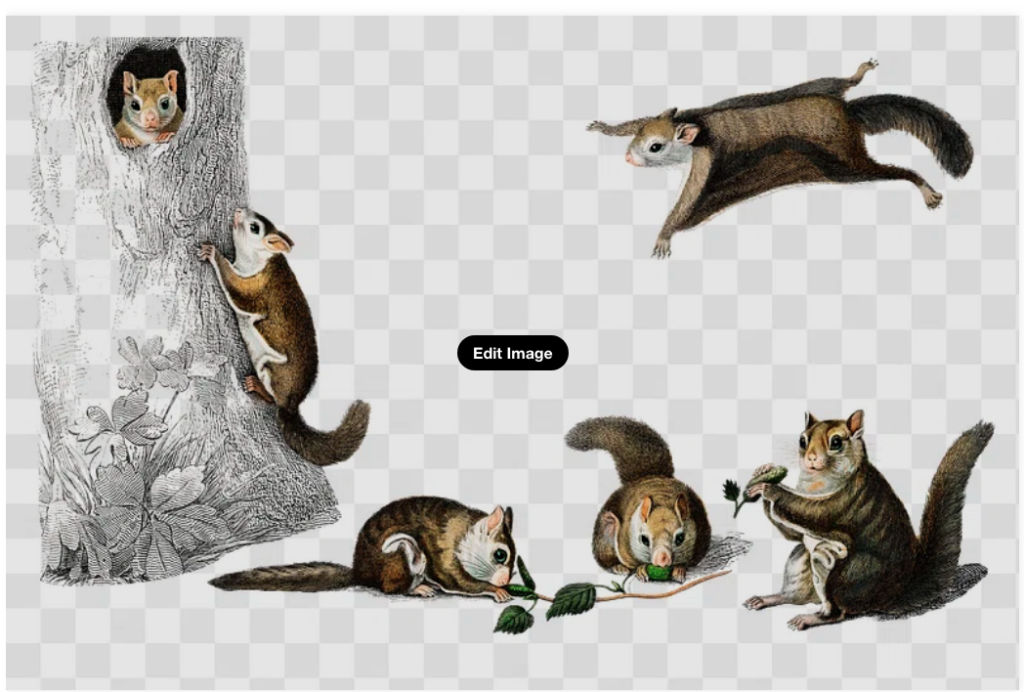
A Different Breed of Squirrel
The poor little creature Miles presented had round black eyes, a round head, thin-tissued ears and distinct, somewhat crude black whiskers. It was altogether different from the small forest squirrels I see daily.
The little paws were also different – clearly specially adapted to hugging trees — and attached to skin flaps that curved gently all the way down to its lower legs, like a cape.


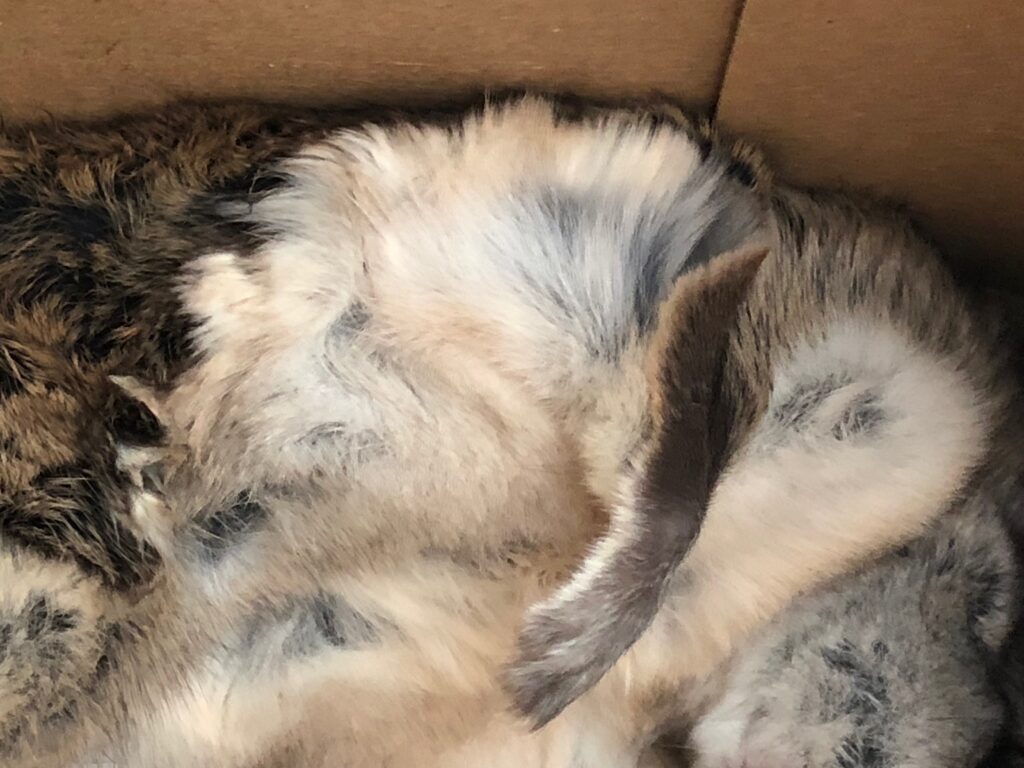
And the tail was relatively broad and flat. Like a grand fir twig with fur on each side of a central area versus a spruce where the needles radiate out at all angles from a central core.
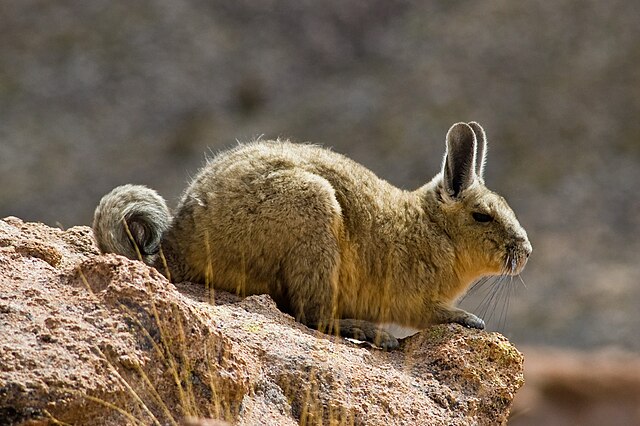
The Viscacha and Its Fur
But the fur was what really stood out — almost impossibly soft with grey puffs. This animal has to be related to a chinchilla! This animal reminded me of the viscacha we saw at altitude at Machu Picchu, warm and self contained at altitude no matter the weather. And they are in the chinchilla family.
^ A viscacha (Lagidium viscacia) in Bolivia’s Sur Lipez desert. Alexandre Buisse ) By Alexandre Buisse (Nattfodd) – Own work, CC BY-SA 3.0, https://commons.wikimedia.org/w/index.php?curid=2957128
The overall vibe was lemur-like, almost marsupial. And the eyes definitely screamed “nocturnal.”
This was a regular squirrel’s slightly goofy and googly-eyed cousin, possibly with special needs and most definitely with special skills.
Buy This Book
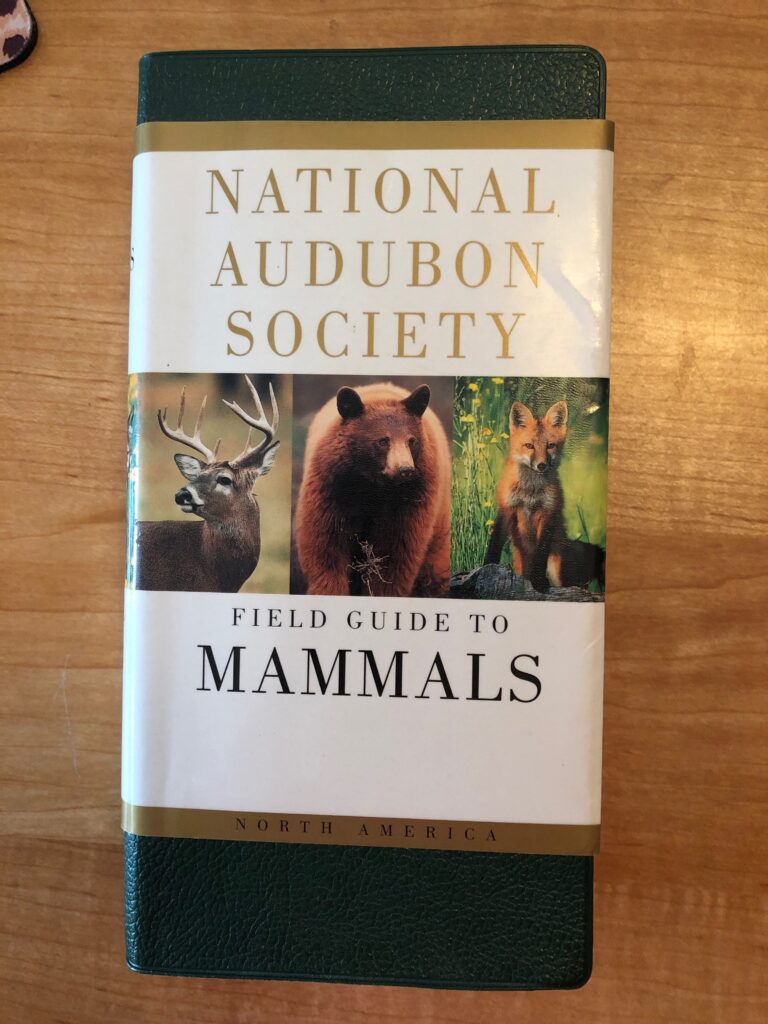
After I realized this animal was not coming back to our astral plane, I read about it in the go-to National Audubon Society Mammals book. You know I love a field guide and this one is the queen of them all.
Fascinating facts rolled off the page. Northern Flying Squirrels are considered common but are also “rarely seen.” The map shows that their territory just dips down from Canada into our country to our exact neck of the woods — not everywhere. Special!
It went on to explain that they like to nest in standing dead timber in woodpecker holes and are “often only seen when their homes are cut down.” Possibly the saddest sentence found between the covers of the Field Guide to Mammals?
Proof #100: We Are All Connected
Breeding takes place in late winter so this one was probably ramping up for that season but probably got caught as it was “foraging on the ground a great deal.” Not a great deal for this one, as it turned out.
Key to forest health,
The Northern Flying Squirrel feeds primarily on lichens and subterranean fungi, such as Endogone and its relatives. In feeding, it dispenses fungal spores and the nitrogen-fixing bacteria that help trees obtain nutrients and water. (This offers a compelling argument against clear-cutting, which breaks up this natural and necessary association for the germination and proper growth of the forest).
National Audubon Society Field Guide to Mammals
Fungal Food
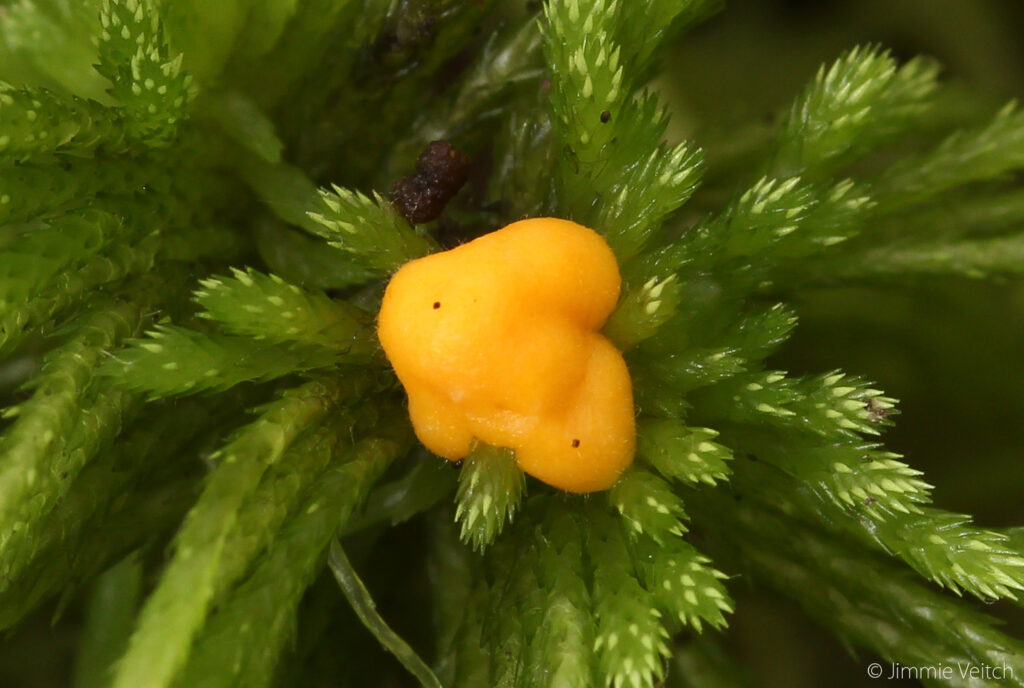
< This image was created by user Jimmie Veitch (jimmiev) at Mushroom Observer, a source for mycological images.<https://creativecommons.org/licenses/by-sa/3.0>, via Wikimedia Commons
The animals that prey most heavily on flying squirrels are owls. Of course! We know for sure Double Decker Farm is full of a wide variety of owls, incredible, spiritual creatures.[1]
Northern flying squirrels are active all winter — they do not hibernate — and only have one litter per year. Here is where I was unhappy because I am 100% cognizant of the destruction domestic cats do to wildlife. Surely this animal was somebody’s relative in a probably small population. And yet, damn! How to break Miles of this? Impossible.
Lest you think I’m being too cheerful about this poor creature’s death, nope. This was a mixed bag.
I was in equal measure horrified, enchanted, incredulous, aghast, amazed — and also it answered a big question I had had — for about a decade. I’m sorry it took this creature’s death to answer it.
[1] Speaking of owls. Is that the creature that recently attacked Miles and gave him cuts by his eyes and under his chin? That was a scary episode because one of the injuries turned into an abscess despite me rubbing it with alcohol and monitoring.

